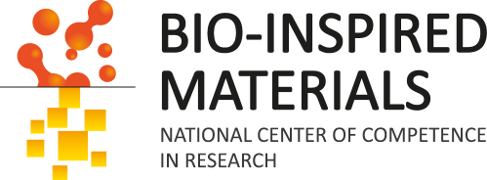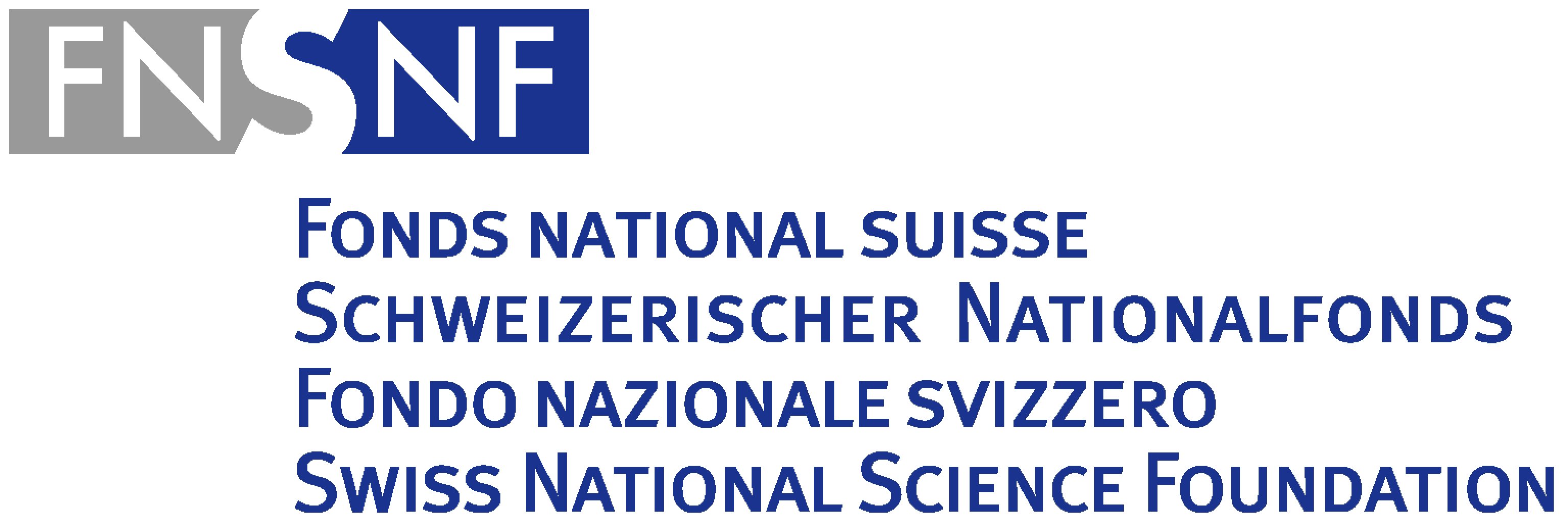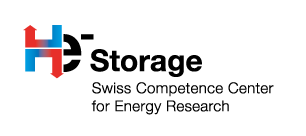Projects
The two following projects are some example of the collaboration of the FriMat in national and international projects. Three examples are presented here:
- NCCR: Bio-inspired Materials
- SCOPES: SupraMedChem@Balkans.Net
- SCCER Heat & Electricity Storage
NCCR: Bio-inspired Materials
Research is organized in three modules that focus on:
- mechanically responsive materials
- responsive materials created by self-assembly
- interactions of responsive materials with living cells
Each of these modules tackles major unsolved problems, provides opportunities for great scientific advances on its own, and requires an interdisciplinary research approach. In the long term, the interconnection of these themes through cross-cutting projects and the common goal of being technologically relevant will create substantial synergies, which can only be harnessed if addressed within a multidisciplinary Center.
SCOPES: SupraMedChem@Balkans.Net
The FriMat is involved in the Scientific Cooperation between Eastern Europe and Switzerland project, SCOPES. This program, supported by the FNS, involved the Department of Chemistry and the Adolphe Merkle Institute (University of Fribourg), Faculty of Science (University of Kragujevac) and Institute of Organic Chemistry with Centre of Phytochemistry (Bulgarian Academy of Sciences) in creating of suitable educational background for teaching in supramolecular chemistry and its biomedical applications in the Balkan area.
SCCER Heat & Electricity Storage
The SCCER HaE is dedicated to energy storage research and the first three years were completed successfully and the second funding period till 2020 has begun. It is about time now to report some highlights from the different fields of research of the SCCER. The energy turnaround, replacing fossil and nuclear by renewable sources, is facilitated if energy storage solutions become available in line with the progress of the transition towards renewable energy sources. During Phase I (2014-2016) of the SCCER Heat and Electricity Storage a variety of storage technologies were investigated. Among the different research projects, the following examples show extraordinary potential to become relevant within the scope of ES 2050 and therefore selected as highlights of Phase I of the SCCER HaE.



